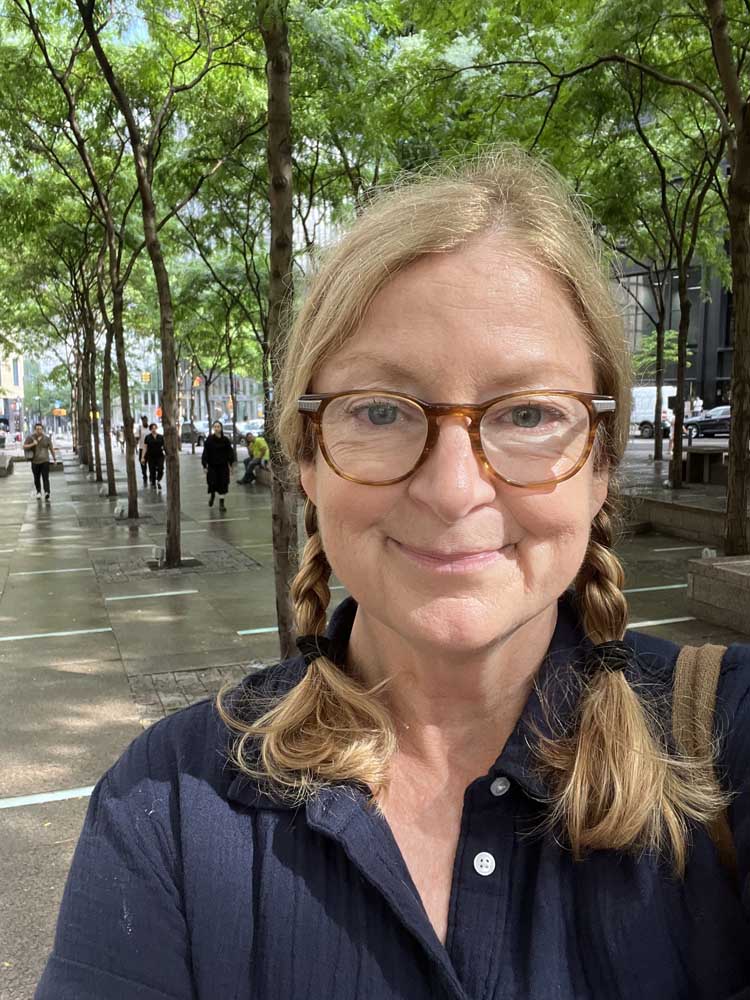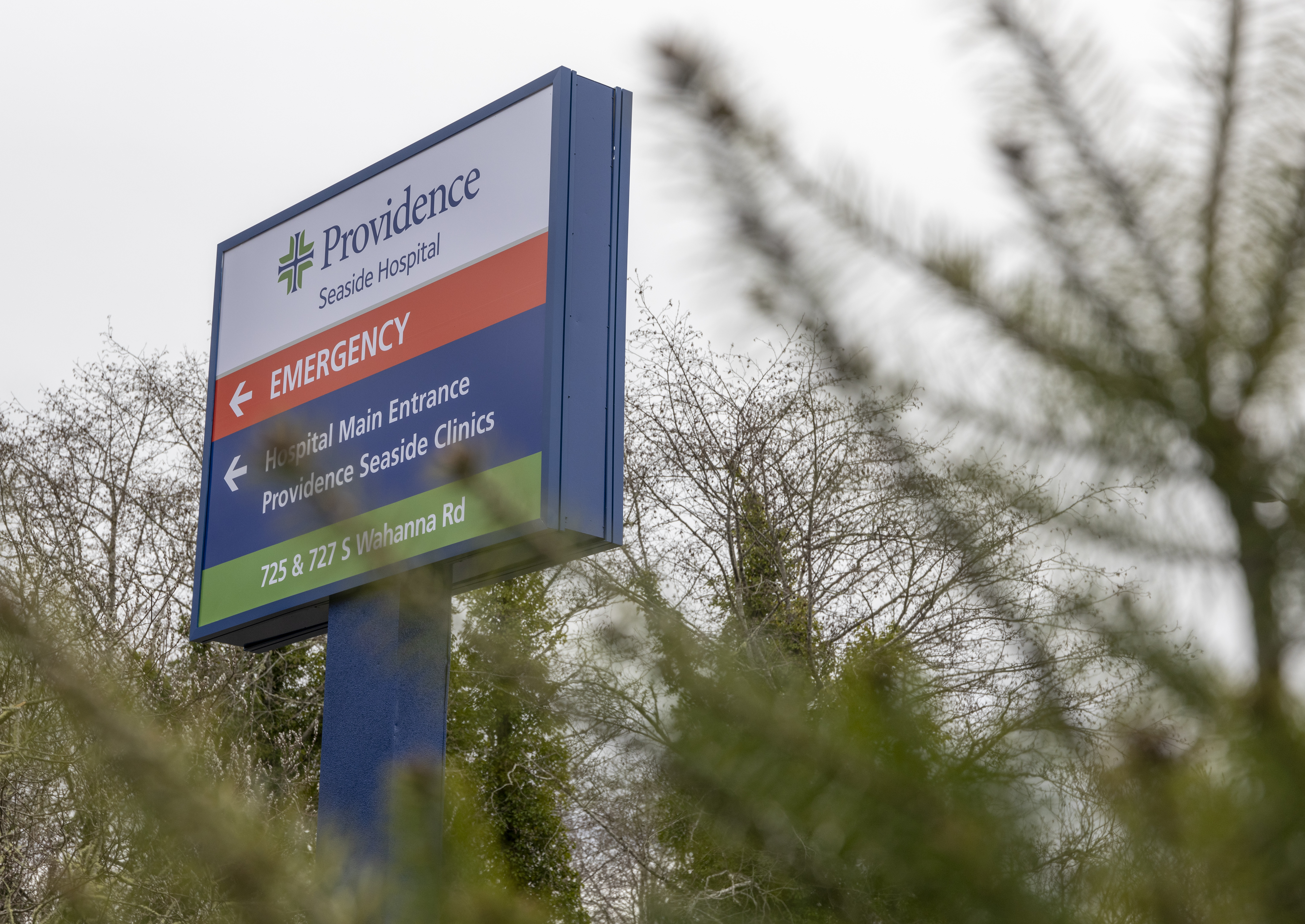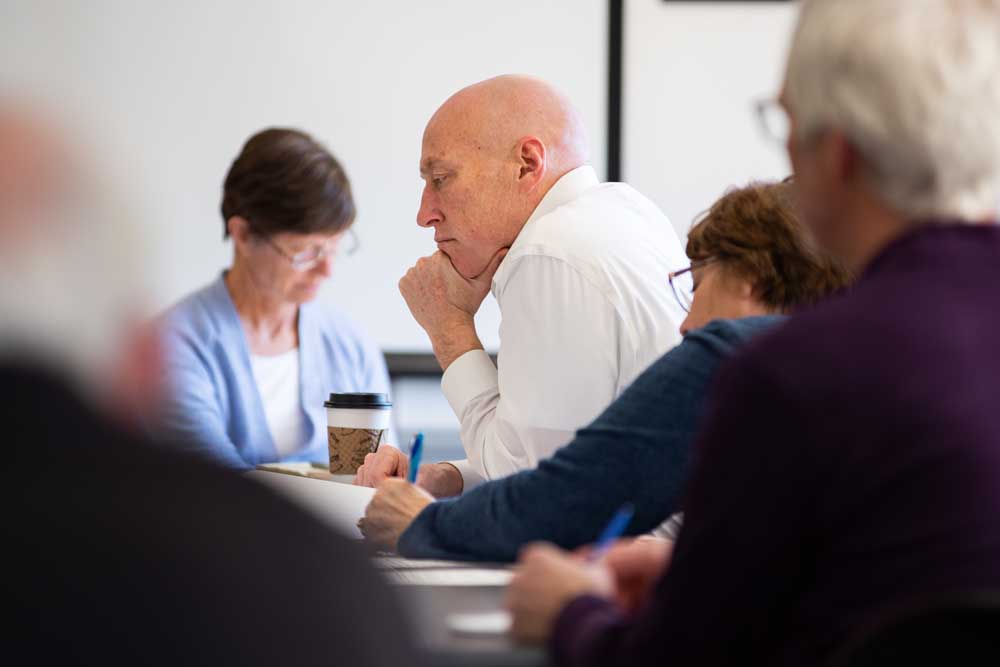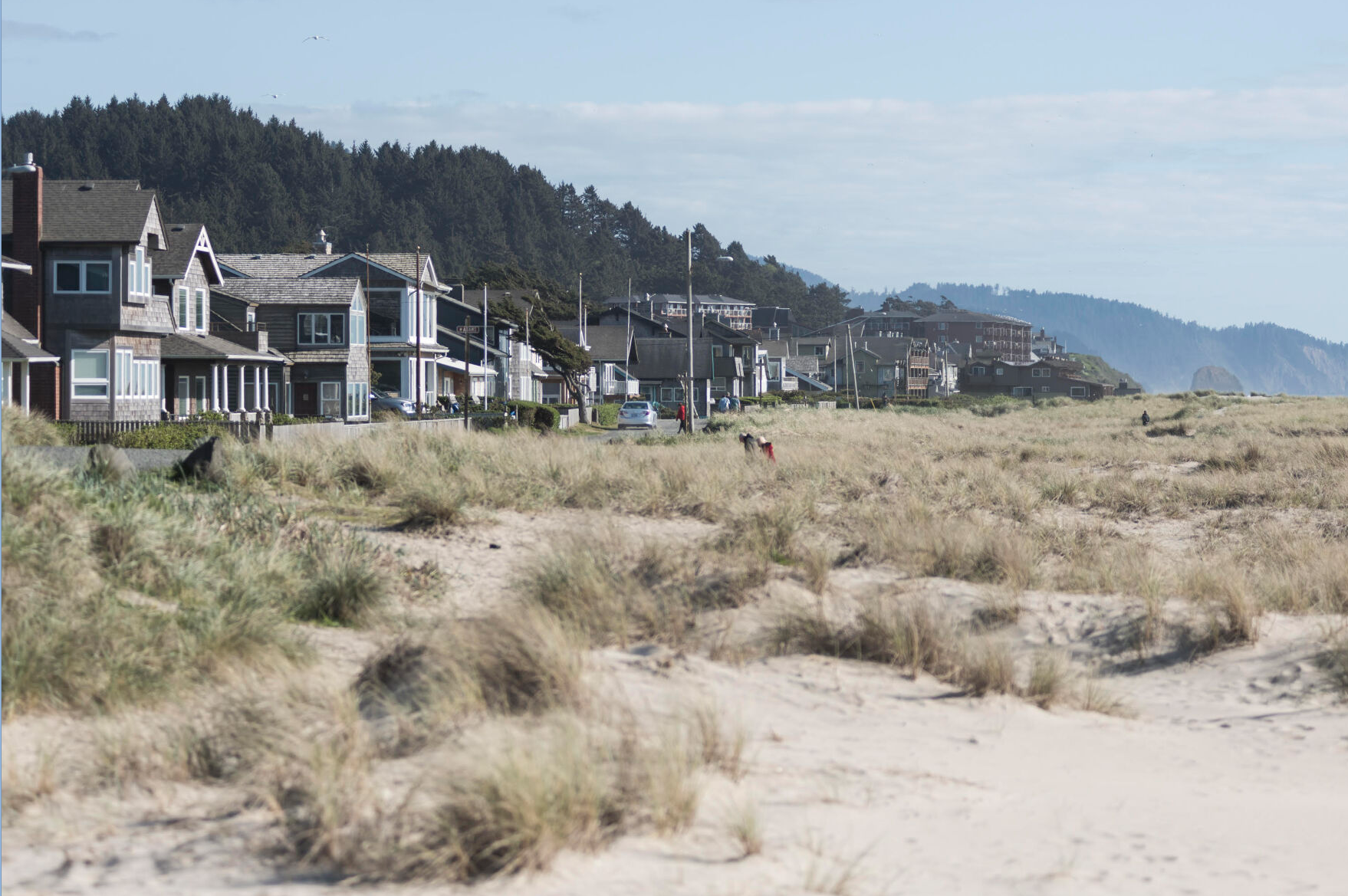Guest Column: A tale of two ports
Published 12:30 am Saturday, August 17, 2024

- Julie Brown
This summer, I was awarded a grant from the National Endowment for the Humanities to study the Port of New York and New Jersey. I was given this fellowship because I teach a course in maritime culture at Clatsop Community College. This became a great opportunity for me to compare an enormous, global port with our own and to see what I could learn by comparing the two.
Trending
There were 20 of us in the group — mostly university professors from Boston, New York, Providence and Baltimore. I was the only instructor to come from a tiny community college in Oregon. I was more than a bit jet-lagged on Day 1 because I had just flown in after halibut fishing in Alaska.
The first day of our study we hiked along the Hudson River at Inwood Hill Park, hearing an expert scholar talk about the Lenape Indians who had first explored, fished and traded in these waters in dugout canoes. Their boats were simple in nature, unlike the beautiful carved canoes of the Chinook Indians whose boats are truly works of art. It seems that the Lenape canoes were functional tools for travel, fishing and trade. The Chinooks, by contrast, tied their very identity to their canoes in the river, cradling their infants in tiny canoes and burying their dead in the boats that would carry them to the afterlife.
Thanks to brilliant lectures by Zachary Stocks, the executive director of Oregon Black Pioneers, I know that numerous African Americans came to Astoria by land and by sea, but as far as I can tell we never had any kind of sanctioned slave trade here. In New York, I learned, enslaved people were forcibly imported into the city as early as 1626. In 93-degree heat, I stood on the corner of Wall Street and Water Street as an African American man told us the story of New York’s slave market, which had been situated in that very spot across from City Hall and a church. On our walking tour, we learned about a slave rebellion that began with an arson attack and ended with several Black Americans being tortured to death. This occurred only a couple of blocks from where Occupy Wall Street staged its own sort of rebellion centuries later. As we walked around the waterfront in our classroom without walls, I marveled at the layers of history right beneath our feet.
Trending
The Museum of Chinese in America was another place we visited. Like Astoria, New York was the home of many Chinese immigrants who came in search of a better life. We were shown documents, newspaper clippings and photographs that catalogued their experiences, including, sadly, their poor treatment due to the Chinese Exclusion Act that was passed in 1882 to control and minimize their efforts to become American.
In Astoria, Bond Street was our own mini-Chinatown that housed 2,000 or so Chinese immigrants who mostly worked just a few blocks away in the many fish canneries that dotted our harbor, and the Exclusion Act applied here as well — limiting the activities, living opportunities and jobs that Chinese Astorians could participate in. One thing that both groups had in common was the occasional use of opium, and I was astonished to learn that John Jacob Astor was a player in the opium trade — after the fur industry started to dwindle, Astor used the shipping routes he had already established to import opium from India and sell it on to the Chinese in heavy spheres shaped like bowling balls. That’s something I didn’t know when my children attended John Jacob Astor Elementary School.
Shipping became an enormous enterprise in the Port of New York as the Industrial Revolution churned out more goods, the railroad transported more natural resources and ships became bigger and faster. The harbor was a major player in world trade until one man’s simple idea — to store and ship goods in rectangular containers of a regulated size — changed shipping patterns around the world forever. The harbor of New York couldn’t accommodate the cranes, containers and infrastructure of this new phase of container shipping, so a facility was built across the water in Elizabeth, New Jersey, and nearly all the shipping — and its financial boost — was lost to that new port.
I reflected on the similar fate that the Port of Astoria faced when Portland became Oregon’s major port, and so many jobs — including mariners, longshoremen and truck drivers — were lost.
Loss of shipping means a downturn in the local economy. New York’s waterfront suffered in the 1970s and ’80s, and empty warehouses, boarded-up shops and unemployed men predominated along the waterfront. I remember visiting Astoria in the ’80s, and I remember how bleak the city seemed to me at that time, gray and down on her luck.
After our weeklong study course had ended, I took a ferry by myself to the Statue of Liberty and Ellis Island. My classmates had been to these icons a dozen times in their lives, but to me it was exciting to see the immigrant experience up close for the first time. Our own Knappton Cove immigration center, now a museum, located on the Columbia River in Washington state, similarly documents the many immigrants that came to the lower Columbia region from Finland, Norway, Sweden and dozens of other countries.
As my ferry was returning to the Battery terminal in Manhattan, I could see bicycles zigzagging down trails alongside a public garden. I noticed how New Yorkers have revitalized their waterfront into a mixed-use environment that now focuses on tourism, business and housing. There is a renewed effort, much appreciated, to provide public green spaces: gardens, parks, bike trails and beautiful landscaping. I see Astoria moving in that direction as well — trying to preserve our important heritage of fishing for salmon and exporting logs, but also creating a framework that enhances the lives of local residents and welcomes visitors whose dollars bump up our economy and provide jobs.
At one of the local schools I visited on Governors Island, high school students — working with biologists in a specialized aquaculture laboratory — are learning how to repopulate native oysters into New York Harbor. They have restored 160 million so far, on their way to a goal of one billion oysters. These kids have managed to do something nobody else has done before — they are creating a cleaner, healthier harbor.
Just before our group disbanded, we were each asked to speak for three minutes about our own personal experiences with port towns. The other professors shared academic presentations based on research with bullet-pointed-foot-noted PowerPoints. When it was my turn, I stood up and told them about our FisherPoets Gathering in Astoria, an annual celebration of our working waterfront and the fishermen who still call it home. I then recited a poem by our beloved Geno Leech, about a man who lost his tuna fishing boat — and his life. My classmates were speechless, and then they burst into applause.









